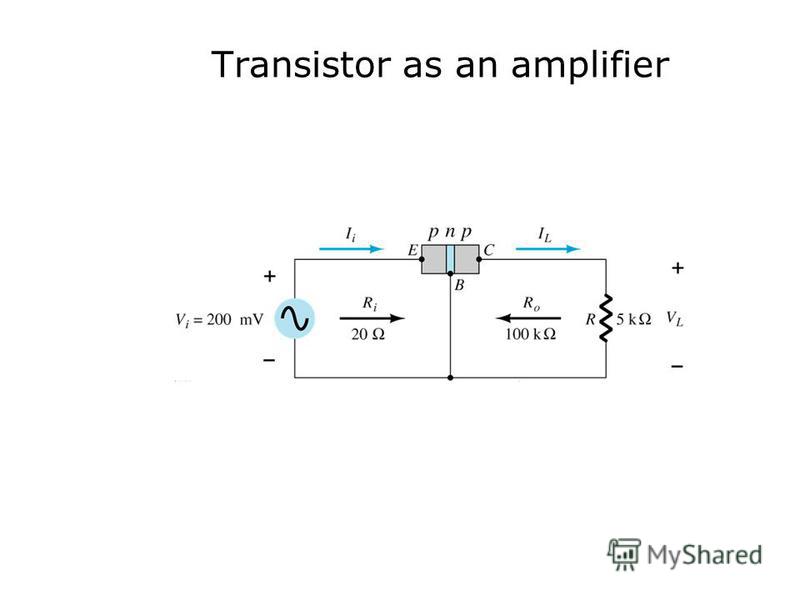

My Electret/FET measured a little under 2.2kΩ, so to make the output voltage at rest to be half the supply voltage, the resistor should almost match the FET impedance, resulting in a 2.2kΩ being chosen. Yes, we can look deeper into both Electrets as well as FETs in another Classroom session. The impedance of the electret can be estimated by placing an Ohmmeter across the electret terminals, which actually measures the resistance between the FET source and drain connections. More expensive electret mics may have a built-in op-amp, but we are only using a commonly available type, as found in most electronics catalogues. Lucky for us they are easily wired to an amplifier by adding a “bias resistor” which is actually a load resistor necessary for the electret device to work against to develop the output voltage. Very briefly, the electret mic has a simple mic element connected between the ground pin and the input of a JFET transistor, which is self-biased, so they are the only two elements inside the “Electret Mic” case. Whereas op-amps tolerate a range of supply voltages, transistor circuits must be designed for a set supply voltage. Just change the values and do the maths over again. You might prefer to run the amplifier from a car auxiliary socket (12V) or off a USB port (5V) if you prefer to. We will need to select a power supply, so for argument sake let us use a simple 9V battery. Before designing your circuit you must first select a transistor, but before you can do that, you need to define your amplifier application.Īs an example project, let us look at designing an amplifier to accept the audio output from an electret microphone element, and amplify the microphone signal over a frequency range of 300Hz to 3000Hz, which covers the human voice as required for speech. Just as there are many types of light bulbs there are many types, sizes, and specialties for transistors. You should not need a Scientific Calculator, and I can leave my Slide Rule in the drawer! SELECTING YOUR TRANSISTOR Although you might occasionally see the symbol ‘π’ you can simply replace it with 3.14. These rules of thumb are simplified calculations based on the Voltage Divider circuit and Capacitive Reactance calculations. While there are some complex maths techniques that can be applied, for the simple amplifiers we will be looking at here, you will only need Ohm’s Law V=IR, and some “Rules of Thumb” used over the last 70 years to simplify the design process. TRANSISTOR MATHEMATICSĬaution: This article requires some mathematics! but before you run off, it’s mostly only simple grade 8 maths. Transistors are still the basic building block within the ICs we use, still a good choice for power handling, and still do some tricks that are easier with a transistor than an IC, unless you can find an IC specifically designed for that odd application. Remember - the transistor is an analog current amplifying device. Others use the transistor as nothing more than an electronic switch, or relay, which although useful, is an over-simplification of its utility. Yet many hobbyists still regard the transistor as something more mysterious than the Op-Amp, and therefore use an op-amp even where a simple transistor might do a better job with even more output power.


The transistor celebrated it’s 70th birthday last year, being definitely now regarded as a mature technology. Even in a modern circuit with integrated analog, digital and computer technology, there are times when a simple Transistor Amplifier is all you need to complete your project, boost an output, or invert a level.


 0 kommentar(er)
0 kommentar(er)
